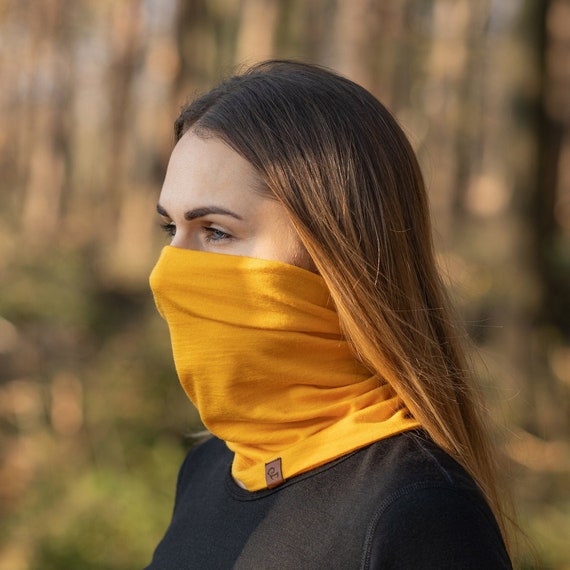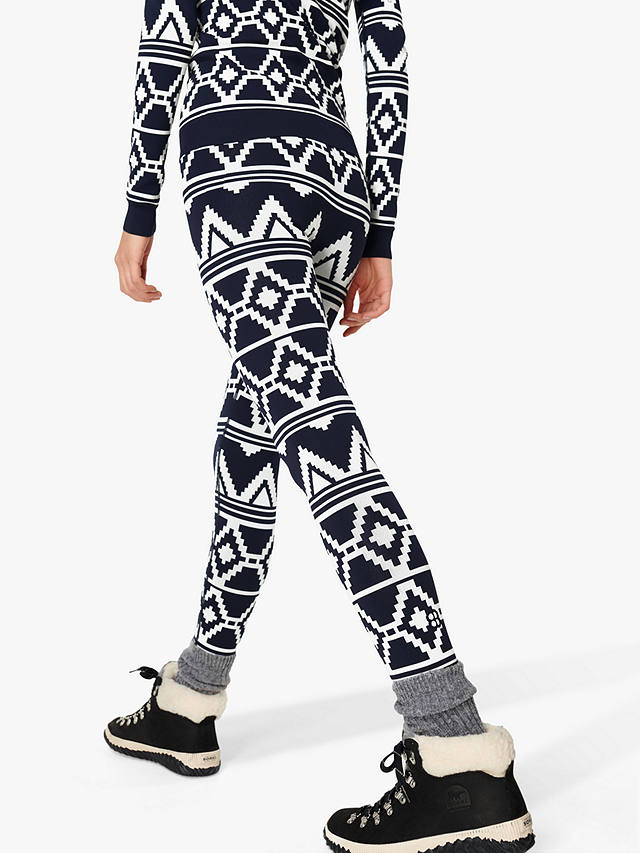Merino wool, a kind that is made of Merino sheep's fine and soft wool, is Merino wool. Merino yarn is more soft than regular wool. It's due to the Merino sheeps' finer fibers. Merino wool is not as itchy because of its finer fibers. This makes it more comfortable to wear on the skin.
Merino wool's ability to trap air in the fibers provides insulation as well as warmth. It is a superb moisture-wicking material that keep you warm even in rain.
Merino wool is more durable than regular wool because of the Merino lamb fibers. This means that it is more robust and less likely to break.
Odor resistance- Merino wool is naturally antibacterial properties, making it impervious to smells. This allows you to wear it for longer without producing an unpleasant odor.
Breathability Merino wool is very air-tight. It allows for water to evaporate and keep you cool and dry during warmer weather.
Merino wool is generally a better quality wool than regular wool, and is usually more expensive because of its superior qualities.

How Do Lightweight, Mediumweight And Heavyweight Merino Base Layers Differ?
The fabric's warmth and thickness is the primary distinction between mediumweight, lightweight and heavyweight Merino sheep wool base layers. Here are the main differences among the three kinds. Lightweight Merino sheep wool base layers are composed of a thin, breathable fabric that is suitable for both warm and cool climates. This kind of fabric is ideal for activities with high intensity. It can also be used as a base layer in more cold weather and under other layers.
The middleweight Merino wool base layer is made of heavier fabrics, which provide more insulation and warmth than thinner base layers. This type of base layer is ideal for cool to cold temperatures and is an excellent option for moderate to low-intensity activities where you are not likely to sweat the sweat.
The heavyweight Merino wool base layers comprised of the most warm and dense fabric is suitable for colder conditions. This base layer is great for low-intensity activities such as snowshoeing or skiing, where you don't expect to sweat.
You must consider the weather conditions and the intensity of your activities when selecting the best Merino wool baselayer for your needs. A lighter base layer is appropriate for intense activities in cool to warm temperatures. A mid-weight base layer will work well for temperatures ranging from cold to cool and low to medium-intensity activity. A heavyweight base layer works best in very cold temperatures as well as low-intensity activities. You can layer on or decrease depending on the weather, so it is recommended to pick an a bit lighter base layer than one that is too heavy. Consider the size of your base layer and make sure it's comfortable and allows for a full range of movement. Go best base layers shop near me for more info.

Merino Wool Bonded To Himalayan-Yak Wool Makes A Great Base Layer For Skiing.
Merino wool as well as Himalayan Yak yarn are joined to form the perfect base layer perfect for skiing. Merino wool is known for its suppleness and moisture-wicking characteristics, as well as its temperature regulation and softness. Himalayan yak wool, on the other hand, is known for its warmth, durability, and warmth. The two fibers make a base layer that is extremely warm, dry management, and breathable. It is ideal for skiing. Merino wool regulates the body's temperature and draws away the moisture of your skin, keeping you dry and comfortable. Yak wool is an insulation layer, which provides warmth for cold conditions. In addition, the blend of Merino wool and yak wool provides the highest durability and resistance to wear and tear, which makes it a fantastic option for a base layer to be used for intense activities such as skiing. Merino and Himalayan Yak wool are combined to form a base layer which provides warmth, moisture management and airflow. This makes it a great choice for skiing or other winter sports. Go try this best hiking base layer near me for website recommendations.

What Alternatives Are There To Yak Wool And Merino For Ski Wear And What Makes It Inferior?
There are many other fabrics than Merino and Himalayan yak wool that can be used to make ski clothes. However, they may not be as effective at keeping you warm, dry and comfortable on the slopes. These are some alternatives fabrics and reasons they might not be suitable for skiing. Cotton- Cotton is an extremely common fabric used in clothes. Cotton is a water-retentive fabric which retains moisture. This could make you feel cold and uncomfortable. In addition, it doesn't offer good insulation, so it will not keep you warm during cold winter days.
Polyester-Polyester is a well-known synthetic fabric for ski clothing. Although polyester is quick drying and moisture-wicking, it does not offer the same amount of warmth and insulation as Merino wool or Himalayan yak wool. Some people also find polyester to be less breathable and less comfortable than natural fibers.
Nylon-Nylon is an artificial fabric, which is known for its durability and resistance to scratches. It can be used in ski clothing. It doesn't offer warmth nor insulation. Furthermore, nylon isn't as permeable as natural fibers like Merino wool. This can cause discomfort when worn for extended periods of time.
Fleece- Fleece is a well-loved layer fabric used for skiing, is also a very popular option. Although it offers warmth and insulation, it's not nearly as efficient as natural fibers such as Merino Wool or Himalayan Yak Wool. It's also less permeable and is more likely to retain water as compared to natural fibers.
There are numerous materials that could replace Merino Wool and Himalayan Yok Wool in ski clothes, some might not be as effective at keeping you comfortable and warm while on the slopes. Natural fibers such as Merino wool and Himalayan yak wool are superior in terms of warmth and insulation, as well as the ability to regulate moisture, and breathability which makes them an ideal option for ski clothes.